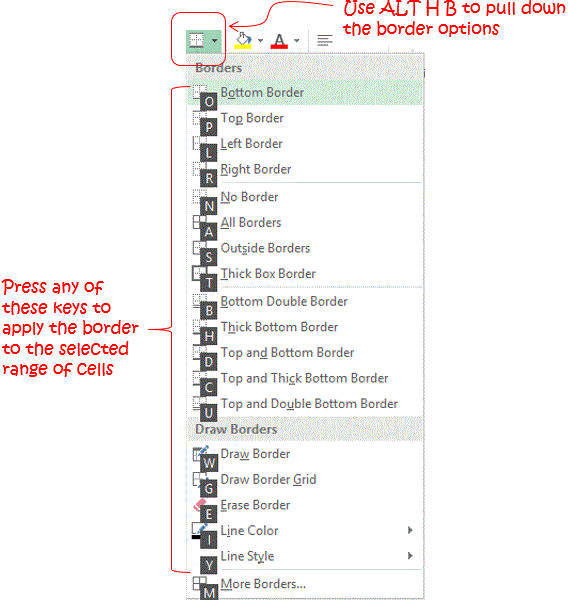

We can imagine that the first table is imported from some other data source and presents a report of sales per sales person, while the second table contains arranged table created in our Excel file which contains targeted sales for every person. Once we have formatted our data in Spreadsheet, we can start creating Fuzzy Lookup with two tables created.

Now we have data ready for Fuzzy Lookup: As you can see on previous pictures, we have two tables: the first one (named Sales_Actual) contains data on actual sales per salesperson (Columns “Sales Person” and “Sales Actual”) and the second one contains data of target sales per salesperson (Columns “Sales person” and “Sales Target”). This is done by selecting the whole table and entering a name into a Name Box: After we have created two tables, they need to be named in order to be used in Fuzzy Lookup function. To do this select cells range, click on Insert tab and choose Table. Please note that the matching columns must be formatted as text.īefore being able to do a Fuzzy Lookup, we need to format our data into tables. This can be very time consuming and that’s the point where Fuzzy Lookup saves precious time. In most cases, a first table will have many typing mistakes and misspelled words and would first need to be cleaned manually to be able to Lookup it with our prepared table. This is very often used when we get a table in Excel imported from some other source, or just manually copied and want to match it with another table with the same data sorted out. Using of Fuzzy Lookup solves this problem, by matching columns based on their similarity. In this case, if we use standard VLOOKUP function, it will not match this two values because it’s looking for the exact match. For example, we want to match two tables based on values in column “Name” and in a first table we have value “Michael Jackson”, while in a second table we have similar, but misspelled name “Michal Jackson”. As a result, you will get a new tab at the end of a Ribbon called “Fuzzy Lookup” and a button with the same name:Īs mentioned in the intro of the article, Fuzzy Lookup is used when we want to match two sets of data (two tables), but we don’t have exactly the same values in matching fields. Once you have installed the Add-In, next time when you open an Excel it will automatically import Add-In.
How to use vlookup in excel 2019 install#
In order to enable this function, Microsoft created an Add-In which can be downloaded from the following link:Īfter you have downloaded the installation file, you need to open it and install following instructions.
How to use vlookup in excel 2019 how to#
In this tutorial, you will see how to install Fuzzy Lookup Add-In, prepare data and create a Fuzzy Lookup, which can be very useful in data consolidation and save a lot of time.įuzzy Lookup is not a standard Excel function, therefore you can’t find it in your standard tabs and buttons. In daily data manipulation, there is a common need to compare two same data sets where one of them comes from some external source and can be misspelled or typed incorrectly. As an output, Fuzzy Lookup returns a table of matched similar data in the chosen column. This function is often used instead of VLOOKUP, when we want to compare two columns which have very similar data, but not exactly the same. Excel Fuzzy Lookup Add-In is used to match similar, but not exactly matching data.


 0 kommentar(er)
0 kommentar(er)
